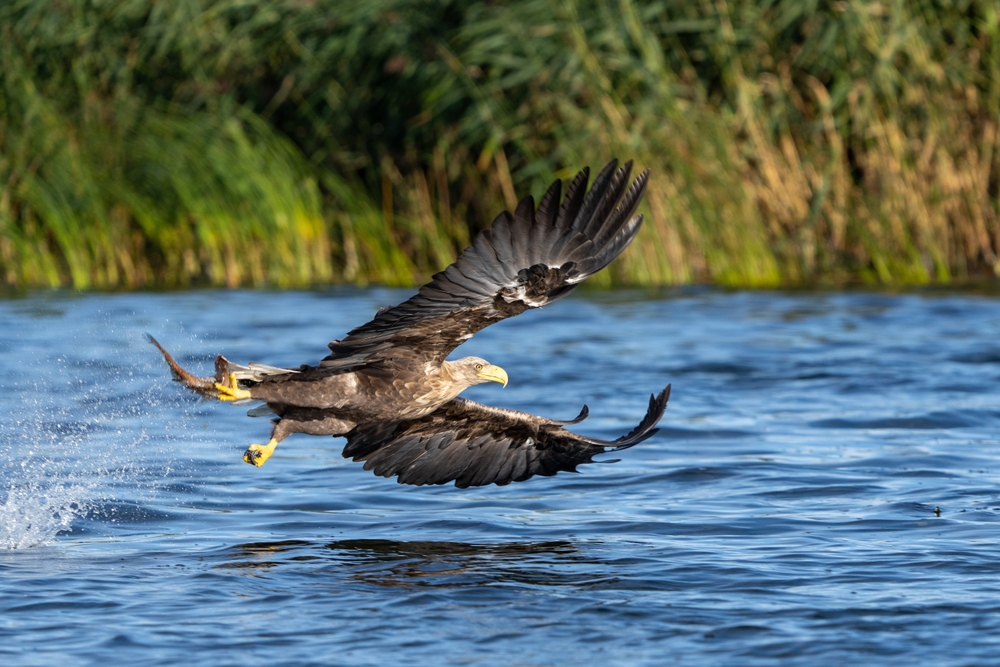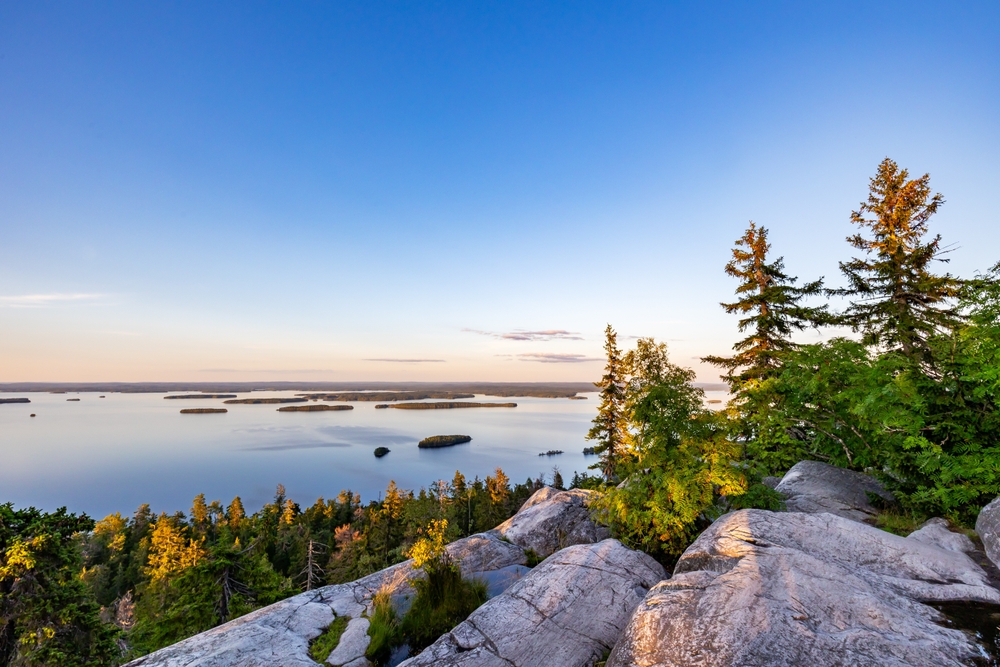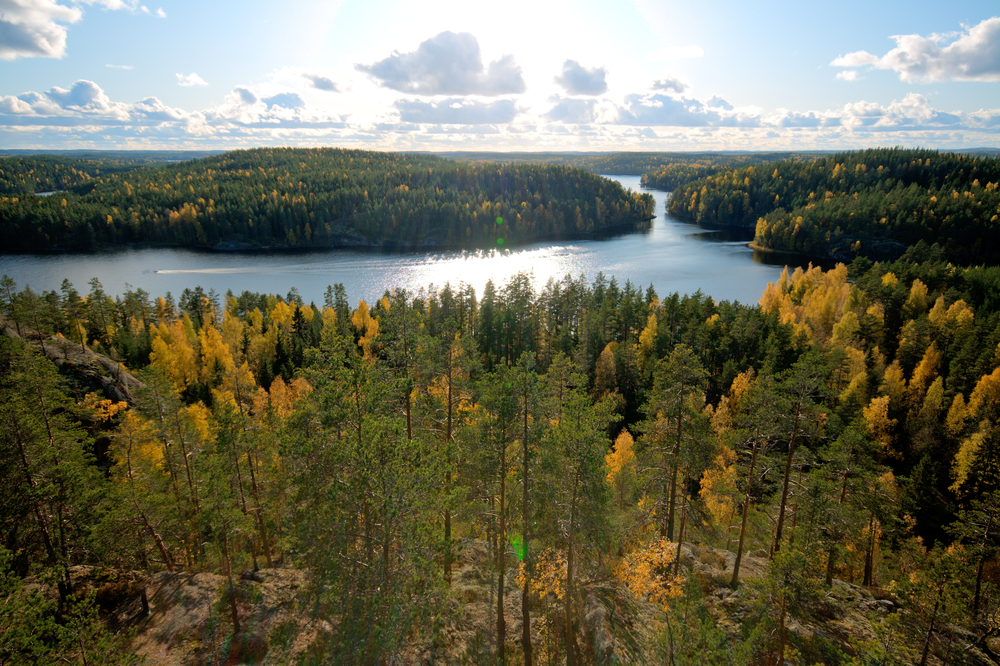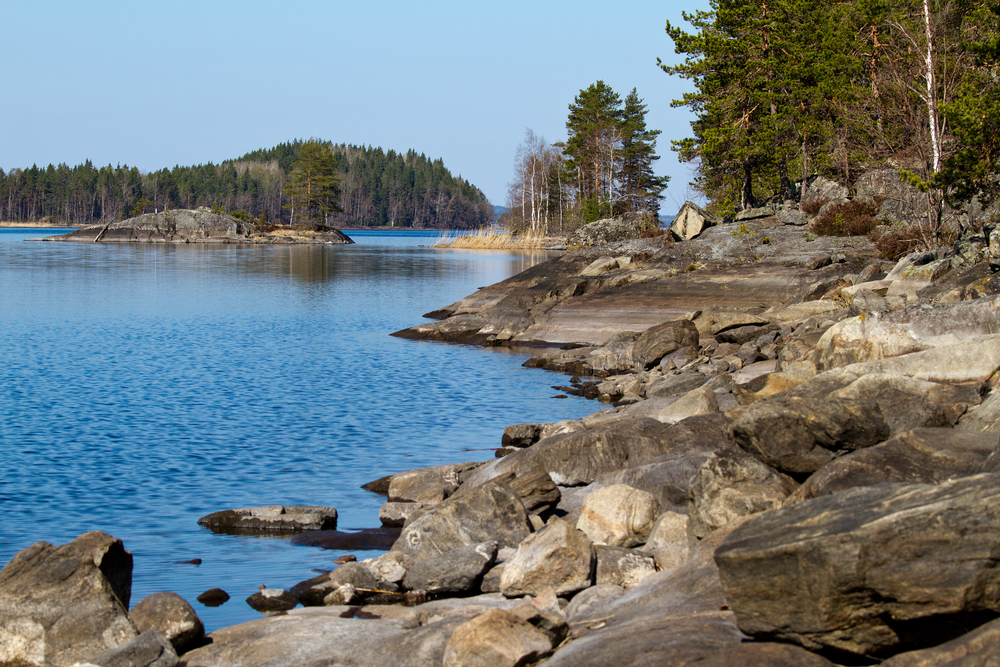Oulanka Overview
Oulanka National Park, known locally as Oulangan kansallispuisto, is a vast and stunning protected area in Finland, spanning approximately 270 square miles (1,042 square kilometers).
Located in the northeastern region of the country, near the Russian border, the park is characterized by its rugged, unspoiled wilderness, dramatic landscapes, and rich biodiversity. Oulanka is renowned for its pristine rivers, deep gorges, and dense boreal forests, making it one of Finland’s most beloved national parks for both adventurers and nature lovers.
The terrain of Oulanka National Park is a breathtaking mixture of ancient forests, river valleys, and rocky cliffs. The park’s most famous feature is the Oulankajoki River, which meanders through the region, carving out dramatic canyons and feeding into stunning waterfalls like Kiutaköngäs, one of the park’s most iconic sights. Rapids and cascades define much of the waterway, adding a dynamic element to the landscape.
Surrounding the river are lush spruce and pine forests, interspersed with wetlands, fens, and open meadows, creating a diverse ecosystem. The park also features vast ridges and hills, with Ristikallio Cliffs providing spectacular panoramic views. During autumn, the park is especially stunning, as the foliage erupts in vibrant shades of gold and crimson, earning it a reputation as one of the best places to experience Ruska, the Finnish fall color season.
Oulanka is home to an impressive variety of wildlife, making it a prime location for spotting some of Finland’s most iconic species. Large mammals such as brown bears, lynxes, and wolverines roam the park’s forests, though they tend to stay away from human activity.
The elusive Eurasian wolf also inhabits the park, but sightings are rare. More commonly seen are moose, reindeer, and red foxes, which traverse the trails and open areas.
Birdwatchers flock to Oulanka to observe its remarkable avian diversity, with species such as Siberian jays, black woodpeckers, golden eagles, and the strikingly beautiful white-throated dipper frequenting the area. The park’s wetlands provide habitat for whooper swans, cranes, and various waterfowl, making it an essential breeding ground for northern European birdlife.
Among the most popular attractions in Oulanka National Park is the Karhunkierros Trail, also known as the Bear’s Ring. This 50-mile (80-kilometer) hiking route is one of Finland’s most famous long-distance treks, taking visitors through some of the park’s most dramatic scenery, including suspension bridges over roaring rapids, steep cliffs, and dense forests.
For those looking for a shorter trek, the Pieni Karhunkierros, or Little Bear’s Trail, offers a more manageable but equally scenic alternative. In winter, Oulanka transforms into a snowy wonderland, offering cross-country skiing, snowshoeing, and even opportunities to witness the magical Northern Lights.
Conservation efforts in Oulanka National Park have been largely successful, with a strong focus on protecting its fragile ecosystems while allowing sustainable tourism. The park is part of the PAN Parks network, a European initiative dedicated to preserving wilderness areas. However, challenges remain, particularly in balancing conservation with increasing visitor numbers.
Climate change also poses a threat, affecting snowfall levels, river flow patterns, and the delicate balance of the park’s flora and fauna. Despite these challenges, Oulanka remains a model for sustainable ecotourism, with its well-maintained trails, visitor education programs, and strict conservation policies ensuring that future generations can continue to enjoy its natural beauty.

















































































